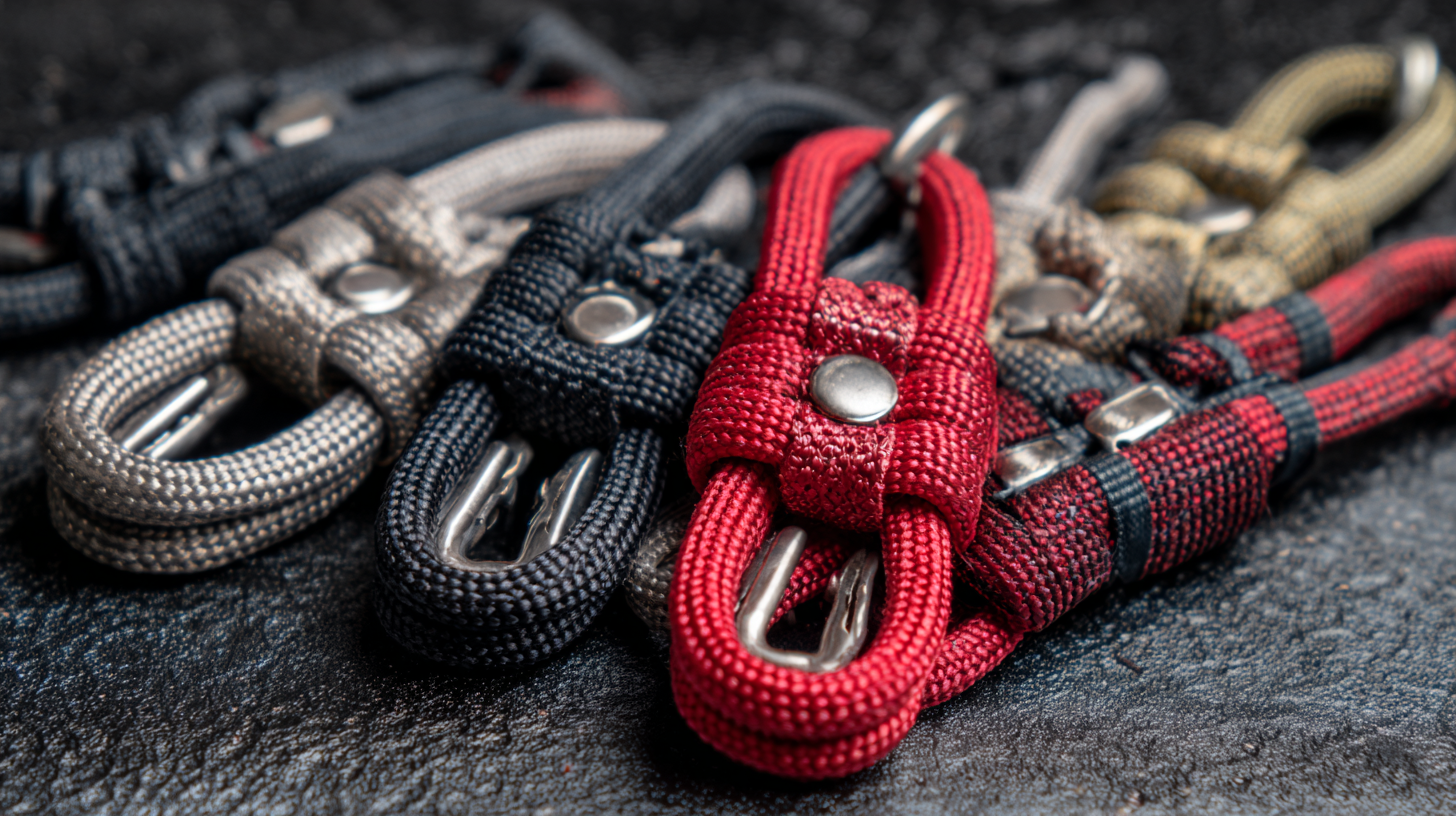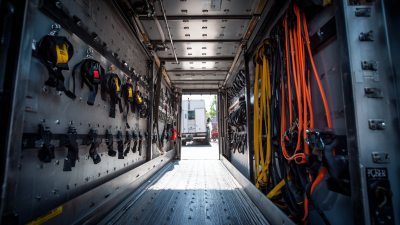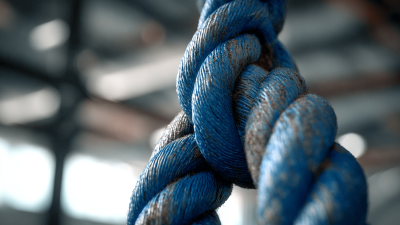When it comes to securing loads for various projects, selecting the appropriate Cam Straps can significantly impact both safety and efficiency. These versatile straps are designed to provide optimal tension and stability, making them an essential tool for tasks ranging from transporting heavy equipment to organizing gear.
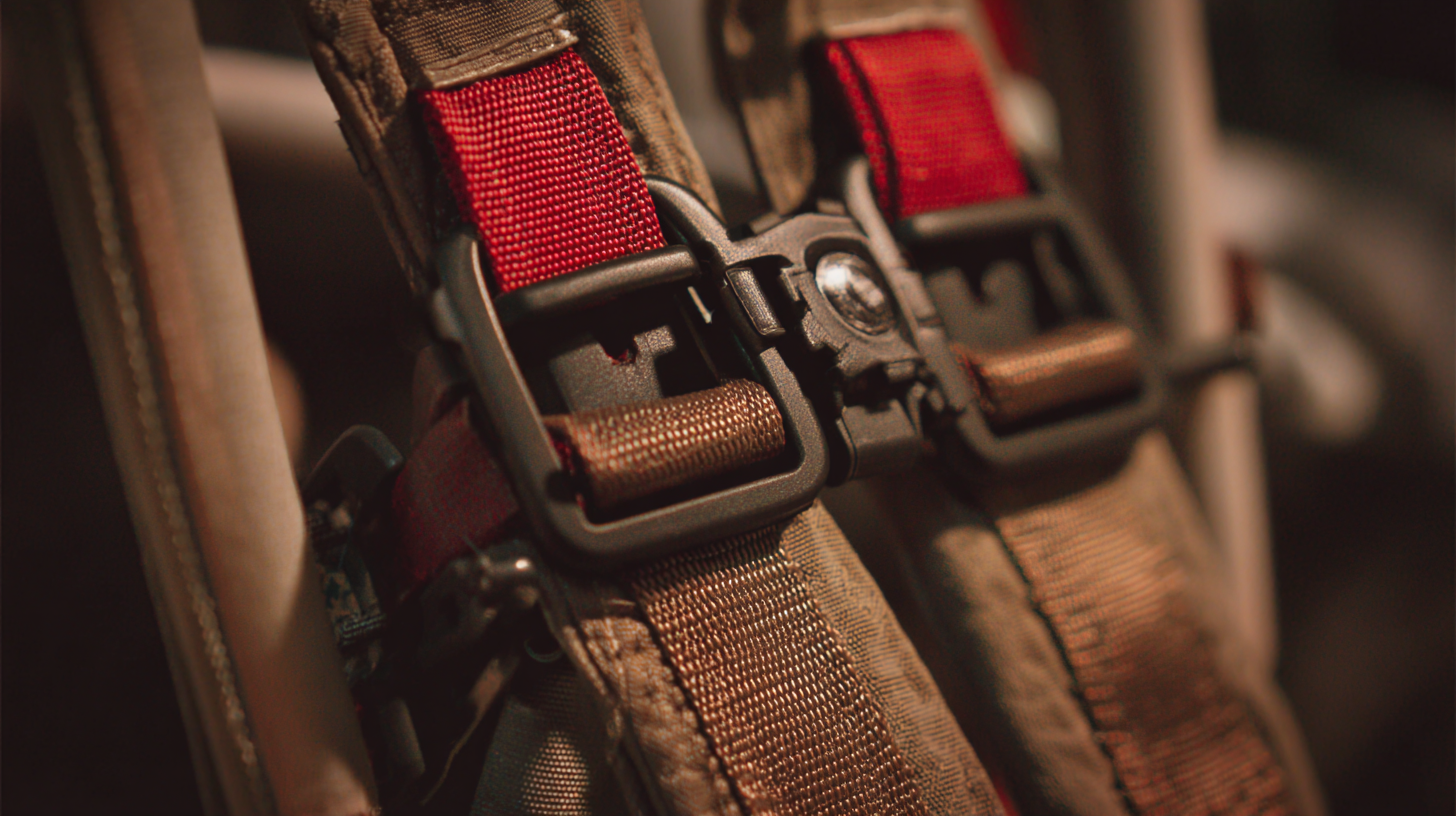
Understanding the different types of Cam Straps available, their materials, and load capacities is crucial for achieving maximum load security. In this guide, we will explore key factors to consider when choosing the right Cam Straps for your specific needs, including width, length, and buckle design.
By equipping yourself with the right knowledge, you can ensure that your projects run smoothly and that your loads are secured effectively, providing peace of mind while you work.
When selecting cam straps, understanding the types and their specific purposes is crucial for ensuring maximum load security and efficiency in your projects. Cam straps, typically made from durable materials like polyester, provide a reliable method of securing various types of cargo. Their design incorporates a cam buckle that tightens and locks the strap in place, minimizing the risk of slippage and ensuring that your load stays secure during transport. According to industry reports, proper use of cam straps can reduce cargo movement by up to 40%, enhancing overall safety on the road.
**Tips:** When choosing cam straps, look for features like adjustable lengths and weight ratings that suit your specific needs. Additionally, consider the strap's width; wider straps distribute weight more evenly, reducing the risk of damage to your load.
With advancements in design, modern cam straps have become easier to use and more effective than ever. Innovations in materials and functionality have led to options that simplify the securing process, thereby increasing user efficiency. For example, some straps now come equipped with quick-release mechanisms, which can save time when loading and unloading gear. Be sure to select cam straps that not only meet the load capacity requirements but also align with the unique demands of your project.
When selecting cam straps for your projects, the key features to consider include
material, load capacity, and buckle design.
High-strength nylon or polyester materials are essential for durability and resistance to abrasion and UV rays. These materials help ensure that the straps remain reliable over time, even under heavy loads.
Additionally, always check the load capacity of the straps, as this will determine their suitability for your specific needs.
Aim for straps that exceed the maximum weight you plan to secure, providing an extra margin of safety.
Another critical aspect is the design of the buckle. A quality cam buckle should allow for easy adjustment and
secure fastening. Look for buckles with a sturdy construction and a wide surface area for even load distribution.
The ease of use in securing and releasing the strap can significantly impact the efficiency of your project.
Features like non-slip grips or a quick-release mechanism can enhance the overall user experience, making it smoother and safer when handling heavy or awkward items.
By focusing on these key features, you can ensure that your chosen cam straps provide maximum load security and
efficiency.
When selecting cam straps for your projects, understanding the load capacities is vital to ensure maximum security and efficiency. Each cam strap comes with a specific weight limit, which is determined by factors such as the material, width, and the design of the buckle. Therefore, it is essential to assess the weight of the items you intend to secure. Overloading a strap beyond its capacity can lead to failure, resulting in potential damage to both the load and the surrounding environment.
To accurately determine the right cam strap for your specific needs, start by calculating the total weight of the load. Consideration should be given to dynamic factors, such as movement during transport or project execution, which may increase the stress on the straps. Additionally, it's wise to account for a safety margin—typically around 20-30% more than the actual weight. This extra capacity not only enhances the reliability of the cam straps but also contributes to safer handling of the load, preventing accidents and ensuring that your project progresses smoothly.
When using cam straps for securing loads, following best practices is crucial to ensure maximum efficiency and safety. Firstly, it's essential to select the right cam strap with adequate length and strength suited for your specific load. For heavier items, choose wider straps made from durable materials like polyester or nylon, as they provide better grip and resistance against wear and tear. Always inspect straps for any signs of fraying or damage before use, as compromised straps can lead to failed load security.
Another recommendation is to master the correct threading and tensioning technique. Properly feeding the strap through the cam buckle and tightening it evenly can prevent slippage during transportation. After securing the load, a gentle tug on the strap will help to achieve the right tension. Additionally, avoid over-tensioning, which can damage both the strap and the load being secured. Lastly, always ensure that the load is evenly distributed, as this not only enhances stability but also prolongs the lifespan of your cam straps.
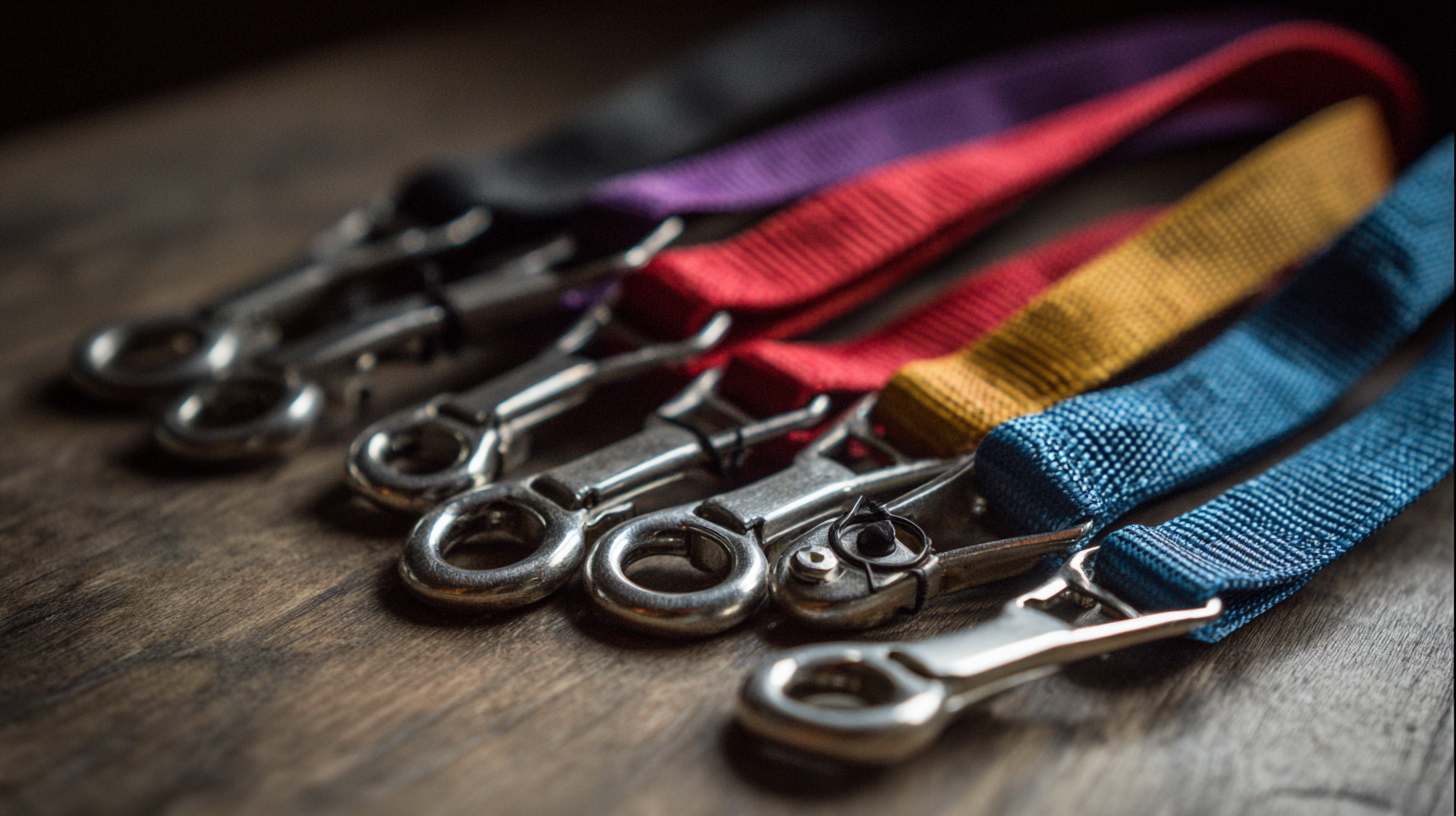
Maintaining cam straps is essential to ensure their longevity and reliability in securing loads effectively. Regular inspection is the first step in preventing wear and tear. Check for fraying, discoloration, or any signs of damage along the webbing. Pay special attention to the cam buckle mechanism, ensuring it operates smoothly and locks securely without any obstructions. If any components show signs of deterioration, it might be time to replace the straps to avoid potential failures during use.
Proper cleaning is another crucial aspect of cam strap maintenance. After each use, especially in harsh environments, rinse the straps with fresh water to eliminate dirt, sand, or salt that may cause degradation over time. Allow them to air dry completely before storing them to prevent mildew and mold growth. When storing your cam straps, roll them up neatly and keep them in a cool, dry place away from direct sunlight to protect the integrity of the materials. By following these maintenance tips, you can ensure your cam straps remain reliable and efficient for all your project needs.
